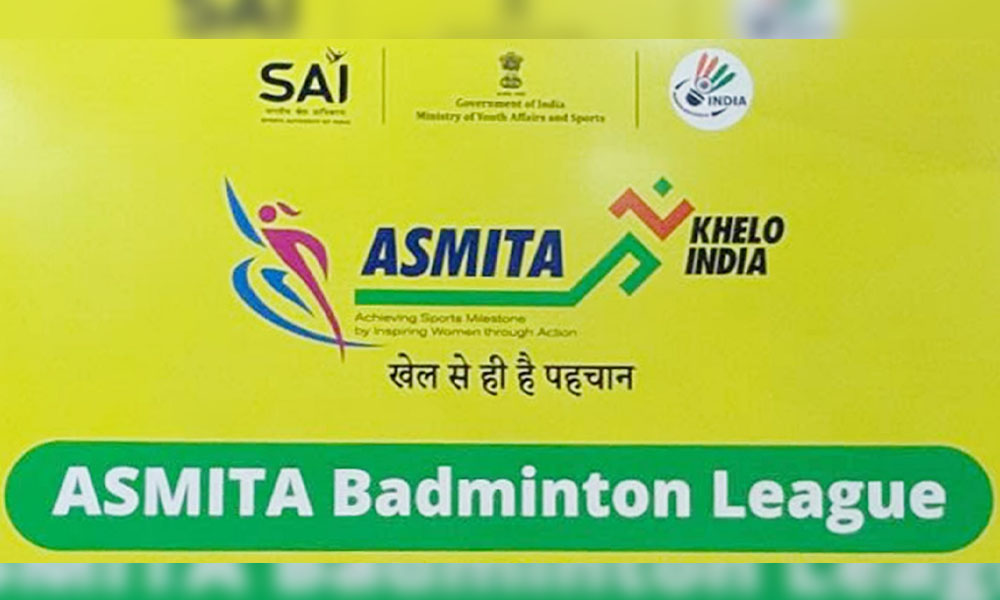Digital Desk: According to the Indian Space Research
Organization, the Chandrayaan-2 Orbiter's X-ray spectrometer "CLASS"
has for the first time mapped an abundance of sodium on the moon (ISRO).
It was reported that the Chandrayaan-1 X-ray Fluorescence
Spectrometer (C1XS) discovered sodium from its distinctive line in X-rays,
opening up the potential of studying the sodium content of the Moon.
The national space agency stated in a statement on Friday that
Chandrayaan-2 used CLASS (Chandrayaan-2 Large Area Soft X-ray Spectrometer) to
map the abundance of sodium on the Moon for the first time in a recent study
that was published in "The Astrophysical Journal Letters."
According to the announcement, "CLASS delivers clean
signatures of the sodium line thanks to its high sensitivity and performance.
It was built at the U R Rao Satellite Centre of ISRO in Bengaluru."
The research concludes that a portion of the signal may
originate from a thin layer of sodium atoms that are only loosely connected to
the lunar grains.
If these sodium atoms were a component of the lunar minerals,
they would be less susceptible to being pushed out of the surface by solar wind
or UV light. The surface sodium is also shown to vary during the day, which
would help to explain how the exosphere is sustained by a constant flow of
atoms.
This alkali element's presence in the thin atmosphere of the
moon, where atoms seldom ever collide, is an intriguing feature that increases
interest in it.
According to the statement, this area, known as the
"exosphere," starts at the moon's surface and stretches for several
thousand kilometers before merging into interplanetary space.
The ISRO stated that the new information from Chandrayaan-2 "provides a way to research surface-exosphere interaction on the moon, which would aid in the creation of analogous models for mercury and other airless worlds in our solar system and beyond."



















